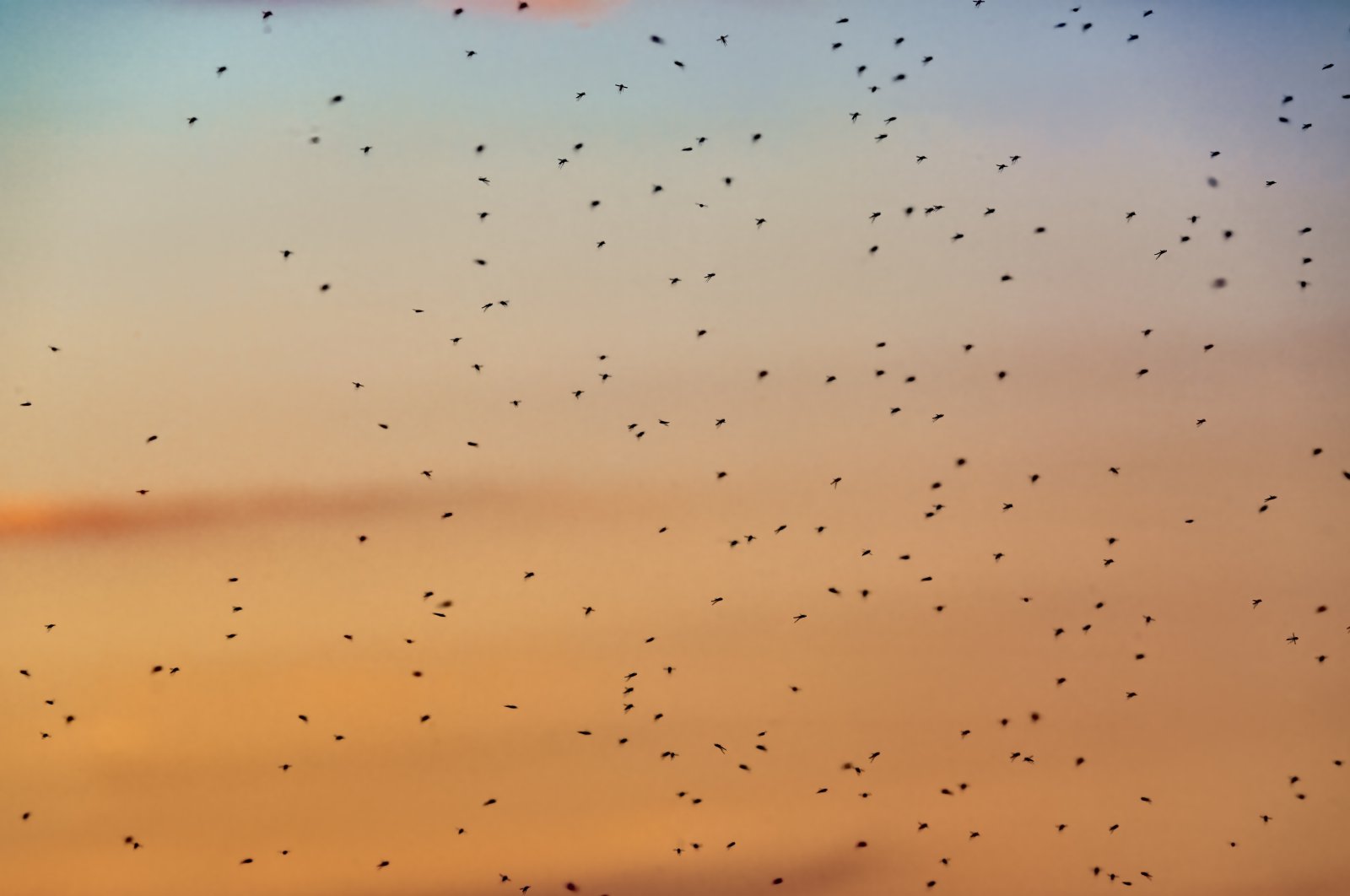
Professor Hamit Ayberk from Istanbul University-Cerrahpaşa's Faculty of Forestry emphasizes that rising temperatures are accelerating insect metabolic rates, leading to faster reproduction.
"For example, mosquitoes reproduce more quickly in warmer environments and reach larger populations. Climate change is having significant effects on insects and ecosystems in Türkiye," he noted.
Ayberk explained that the increase in insect populations in urban areas is attributed to a combination of climate change, urbanization, environmental factors and inadequate water management.
The "heat island" effect in cities, where structures absorb more solar energy, results in higher temperatures compared to rural areas, this temperature rise accelerates the metabolic rates of insects, leading to faster reproduction.
Ayberk points out that Türkiye’s rising temperatures can speed up the life cycles of insects, leading to increased reproduction rates and larger populations.
For example, pests that damage crops may reproduce more frequently and spread more widely, and milder winters allow insects to survive longer, which can increase populations of harmful insects.
Ayberk also mentions that some insects may migrate northward or to higher elevations due to increasing temperatures, potentially introducing new insect species to various regions in Türkiye.
He highlights that climate change is also impacting natural predators of insects, such as birds, bats and amphibians. These changes disrupt the natural balance, potentially leading to unchecked insect population growth and the arrival of invasive species, like the long-antennae citrus weevil and the vampire moth, which have established themselves in Türkiye due to changing climate conditions.
The decline in pollinator insects, such as bees and butterflies, due to climate change could have serious implications for agriculture and ecosystems.
The growing urban population leads to increased food and organic waste, creating favorable conditions for insects like flies and cockroaches.
Areas with poor waste management, such as restaurants, markets and food production sites, experience higher insect populations. Additionally, outdated and poorly maintained sewage systems can exacerbate the spread of harmful insects.
To manage the rising insect populations, Ayberk recommends preserving green areas that provide habitats for natural predators like birds and bats, he suggests promoting urban agriculture, green roofs and vertical gardens to help control insect populations naturally.
Effective drainage systems are crucial for preventing stagnant water, which is essential for controlling water-borne insects like mosquitoes. Public education on hygiene and environmental awareness is also important to mitigate the impact of increasing insect populations.
